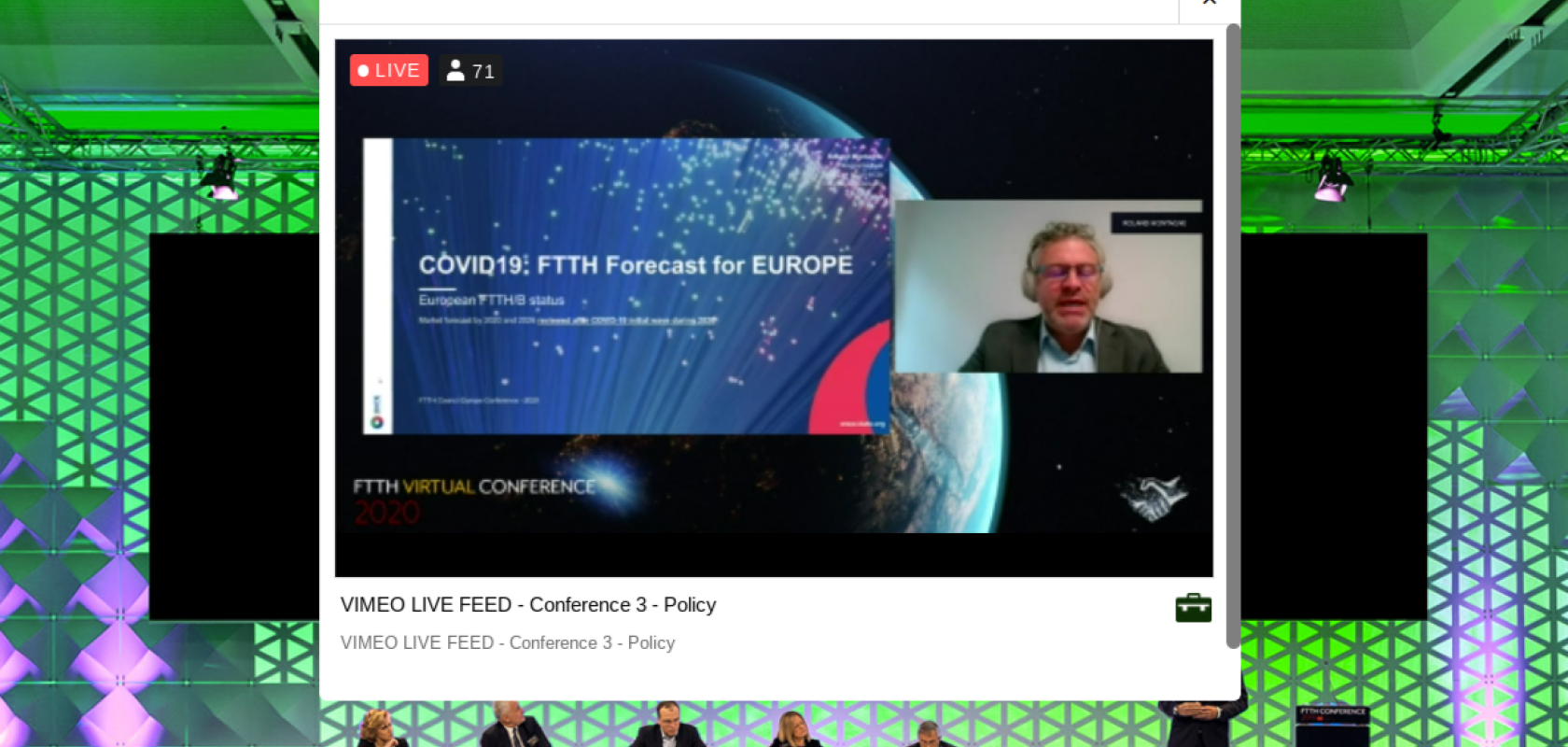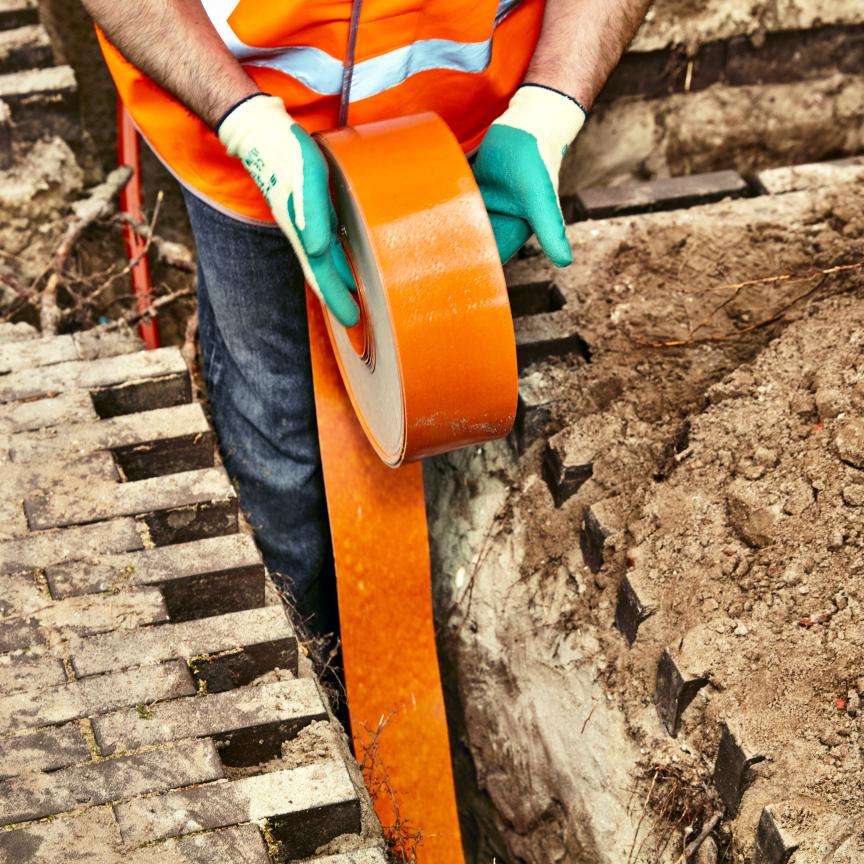The latest market forecast for the period 2020-2026 was revealed at the virtual FTTH Conference, alongside a flash update of the 2020 FTTH Market Panorama.
The figures were prepared by Idate with the FTTH Council Europe’s market intelligence committee. The Market Panorama numbers were originally published in April, when the conference had been due to take place before the pandemic restrictions. The numbers have now been reviewed after the Covid-19 initial wave and were presented by Roland Montagne of Idate DigiWorld during the second day of the conference.
The forecast covers 39 countries, providing individual analysis for 15 of those. It estimates that there will be a significant surge to around 202 million homes passed for FTTH/B in 2026 in EU27+UK. This is compared with 26.2 million in 2012. Some markets are expected to experience an outstanding growth in the number of homes passed in 2026 compared with 2019, including Germany (+730 per cent), United Kingdom (+548 per cent) and Italy (+218 per cent).
In the country rankings, it is predicted that Russia will continue leading in terms of FTTH/B homes passed. However, it is also anticipated that Germany will bag the second spot in the 2026 ranking.
In terms of subscribers, the forecast predicts a further increase to around 148 million in 2026 for EU27+UK and approximately 208 million for EU38+UK. The FTTH/B take-up rate is likely to reach 73 per cent in 2026, demonstrating an upward trend compared with a recorded 23.4 per cent in 2012.
Looking at the drivers for this growth, and Covid-19 can certainly partially explain it, having led to more data traffic and new broadband demands with people staying at home. But, according to the latest report, the pandemic was an accelerator that simply amplified the pre-existing trends such as copper switch-off plans; an increase in FTTH network sharing agreements and more appetite for single-build deployments; strong commitments of government and local authorities to FTTH; and of course, the ever-present 5G deployment announcements.
In addition, said the report, FTTH/B deployments are intensifying across Europe, so it is worth noting that a new digital divide for teleworking performance was revealed by the Covid-19 crisis. Beyond its impact on public policies, it is clear that Covid-19 has changed public perception of the importance of broadband and willingness to accept premium for fibre. This new trend is one of the key drivers for the very high estimates for FTTH/B take up. However, additional measures by policy-makers aimed at increasing take-up are still crucial for the future of full fibre.


